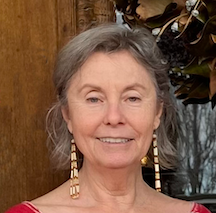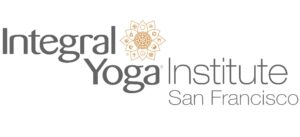by Prajna Lorin Piper
The reason for my teaching is not for merit or good deeds or good karma, or concentration, or rapture, or even insight. None of these is the reason that I teach, but the sure heart’s release. This and this alone is the reason for the teaching of a Buddha.
This is a direct quote from the Buddha; it’s a clear description of why a Buddha would bother to teach and it’s a succinct description of what he’s teaching – of liberation, realization, the point of our practice.
But it’s also linguistically strange to our ear, something translated from an ancient text that maybe carries the rhythms and intention of the original sentence but doesn’t quite convey its meaning.
So what does it mean? What is the sure hearts release?
I think that it’s actually literal. When the heart is sure, when there is no doubt in it, only then is it capable of letting go of the illusions that cause suffering in life, of being released from the bondage of suffering. The point of practice is to bring the heart to an unshakable surety, to stabilize it and root out any conflict, anything unwholesome that could confuse it, keep it grasping or rejecting, agitated or numbed or in doubt. This sureness and this alone, the Buddha tells us, is the reason for his teaching.
Most of us understand, at least conceptually, that enlightenment is not an intellectual process, not something we’re going to buy with our powers of concentration or mental capacities. It’s not about achievements – worldly success or even about how many of the sublime spiritual states we can experience.
The Buddha tells us plainly, in his first noble truth, his first teaching, that this practice won’t keep our toe from hurting when we stub it, or spare us the suffering of sickness, old age or death. Those things are with us, are part of our human lives. His concern is with the suffering of our hearts and his teaching is for the healing of our hearts. In the language of the Buddha’s time, the heart mind was one word, citta, a unit, not two separate things, so we can say his teaching is for the healing, the release of the heart mind.
Now, we live in a world where people sell teachings, profit from them, make them into a commodity and vie for attention. We live in a world where people can change continents to study different traditions. We’re offered so many options. Some of us are open to everything and some of us are hold outs, wanting a path that is perfect, infallible. As Ajahn Amaro once said, some of us want to kick the tires when we’re shopping for a spiritual path. We have our different responses, are attracted to various things. We each have our own temperaments, our own personal strengths and weaknesses.
Some of us think we won’t follow a path, we’ll weave together one of our own, or we think we’ve found the right path, maybe the only one. We can get discouraged along the way and think maybe we should find another path. We can think all sorts of things about spiritual practice, but if it’s not connected to the heart, in the beginning, in the middle and in the end, what are we doing it for?
This is the real, practical question we can ask ourselves. What do we want to do with our spiritual practice? I think it’s important to remember the words of a Buddha, 2,500 years ago, who was teaching for the sake of the sure hearts release.
 Prajna lives and practices at Integral Yoga Institute San Francisco.
Prajna lives and practices at Integral Yoga Institute San Francisco.

